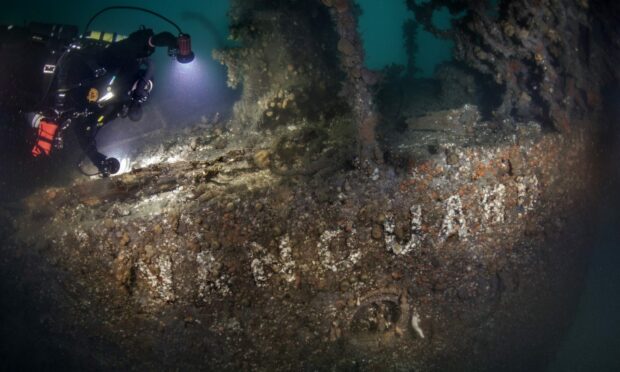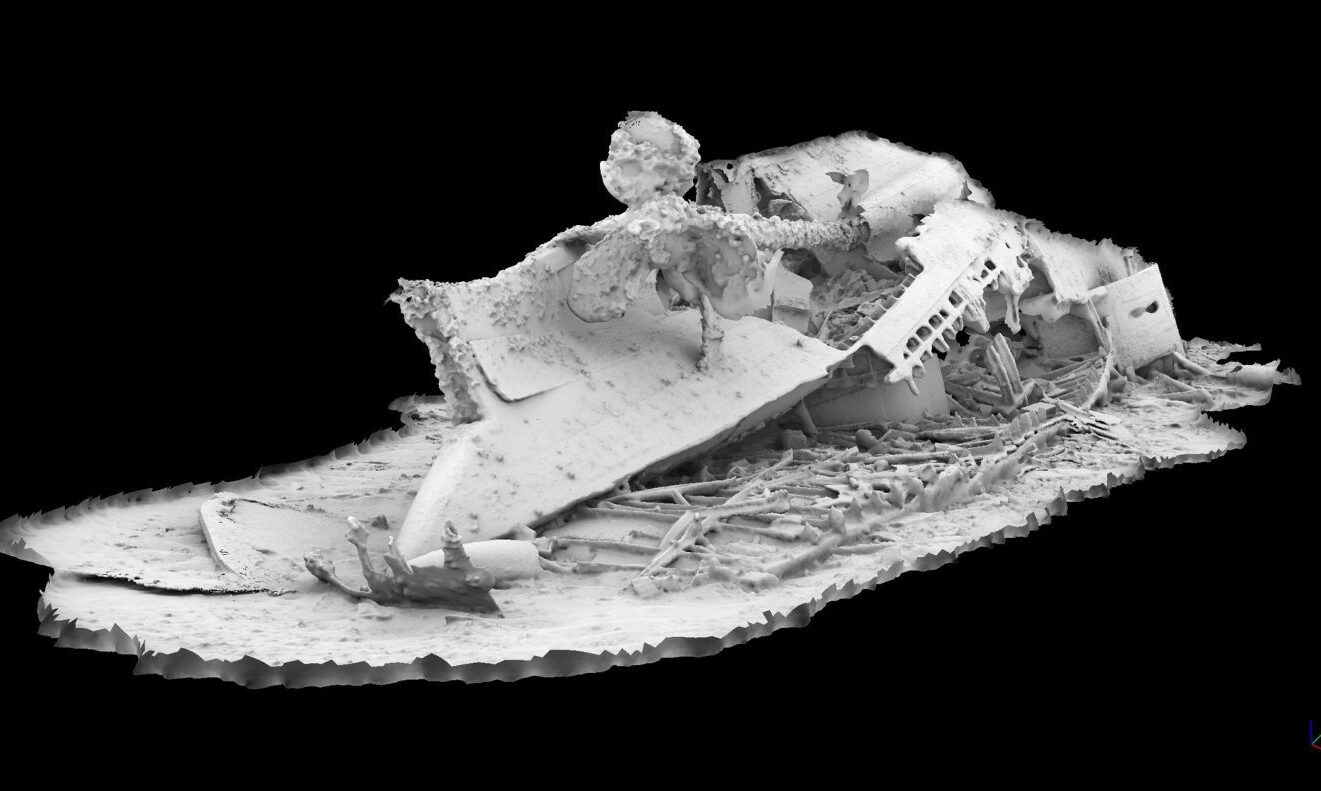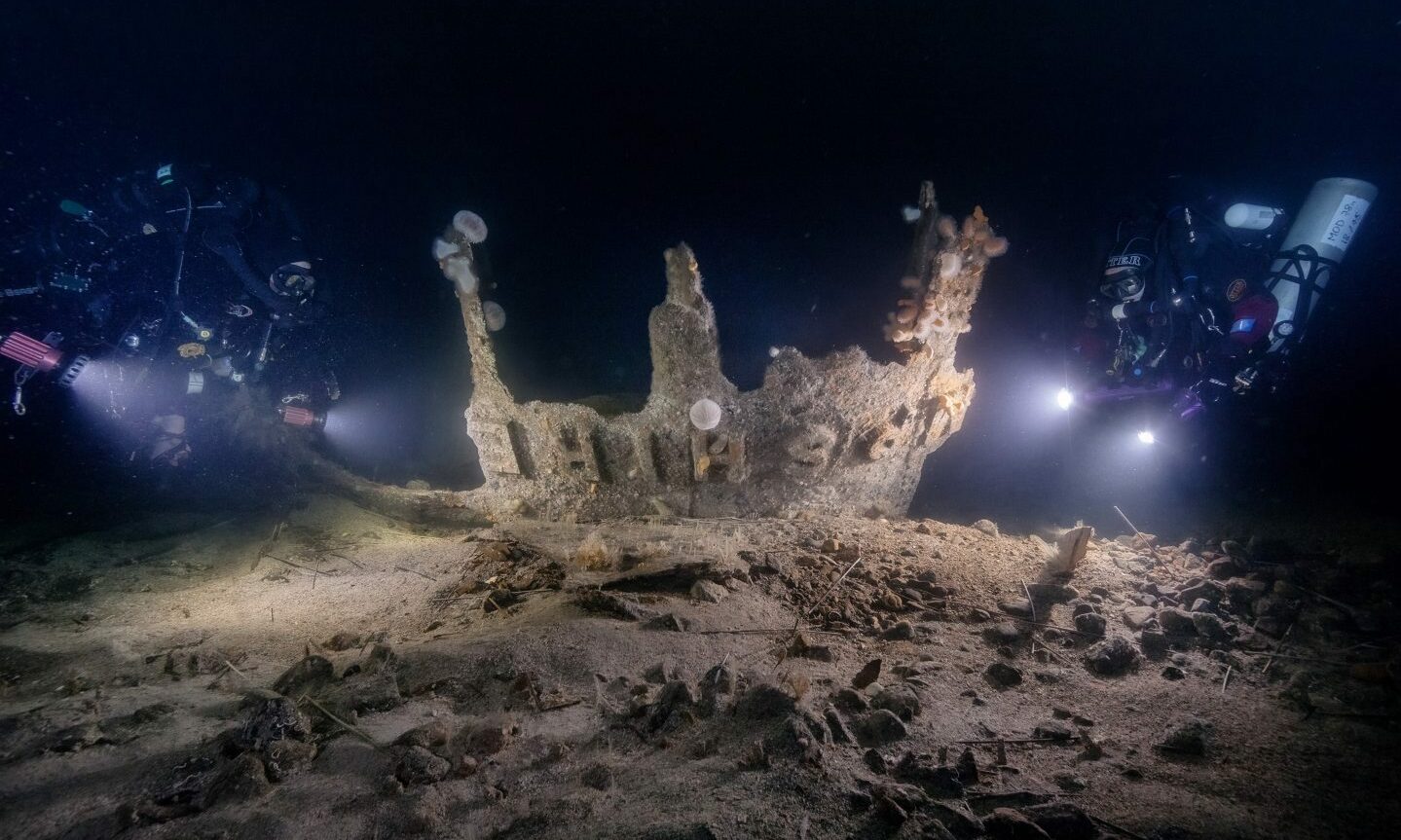New images have been revealed of First World War wrecks in Orkney that are regarded as among the UK’s most significant naval losses.
HMS Hampshire was lost of Marwick Head in June 1916 when it struck a mine with Lord Kitchener aboard with HMS Vanguard suffering an accidental explosion in Scapa Flow in July 1917.
A total of 1,580 lives were lost when the two ships sank with the wrecks now official war graves, meaning they are not accessible to members of the public.
However, now divers working with the Scapa Flow Museum have released new images of the underwater wrecks of HMS Hampshire and HMS Vanguard.
Hopes HMS Hampshire and HMS Vanguard images will provide war insight
The Scapa Flow Museum has been carrying out photo surveys of the wrecks with the National Museum of the Royal Navy to learn more about them.
New videos, images and digital 3D models of the war graves have been produced of HMS Hampshire and HMS Vanguard for experts to study.
It is hoped the end result will also allow visitors to Scapa Flow Museum to get a better understanding of Orkney’s story in the First World War.
Nick Hewitt, Orkney Islands Council’s culture team manager said: “The end result will be an improved digital resource for visitors to Scapa Flow Museum and one which helps tell the story of Orkney’s role in the world wars as the UK’s key naval base – and the immense losses borne out here.”
Professor Dominic Tweddle, director general of the National Museum of the Royal Navy, said: “The study of wrecks is important in understanding the events around their loss, these are sometimes obscure.
“It is also important to preserve wrecks as monuments to those who gave their lives both in war and peace and that is why we are pressing the MoD and the UK government to institute a proper database of Royal Navy losses built on the work of the Maritime Archaeology Sea Trust (Mast).
“Orkney Islands Council does an exemplary job in protecting the many wrecks in they care and we are delighted to support them.”


